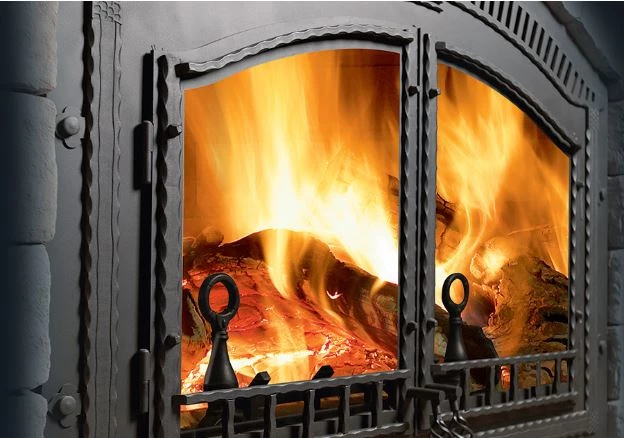Fireplace Doors for Masonry Fireplaces Buyer's Guide
Do you have a beautiful fireplace but never actually use it because the heat always goes out the chimney? Maybe you can't trust your pets to stay out of the still warm ashes. Or, is there an all-too-curious child in the family? Masonry fireplace doors may be the answer to all your problems. Plus, they'll add a little extra style to your hearth and home.
Adding masonry fireplace doors help keep the heat inside your home and cold air out, all while keeping embers inside the fireplace. Doors will also prevent curious loved ones from burning themselves by accident.


